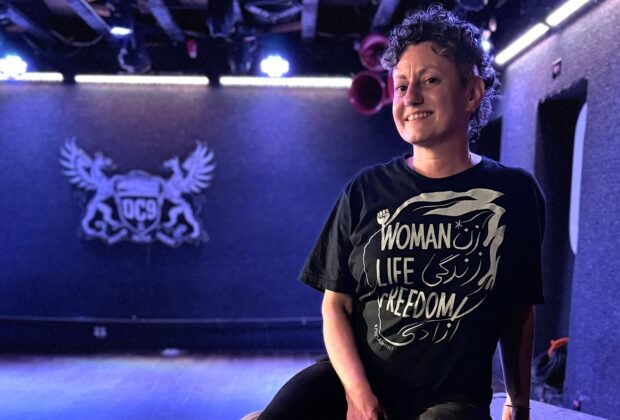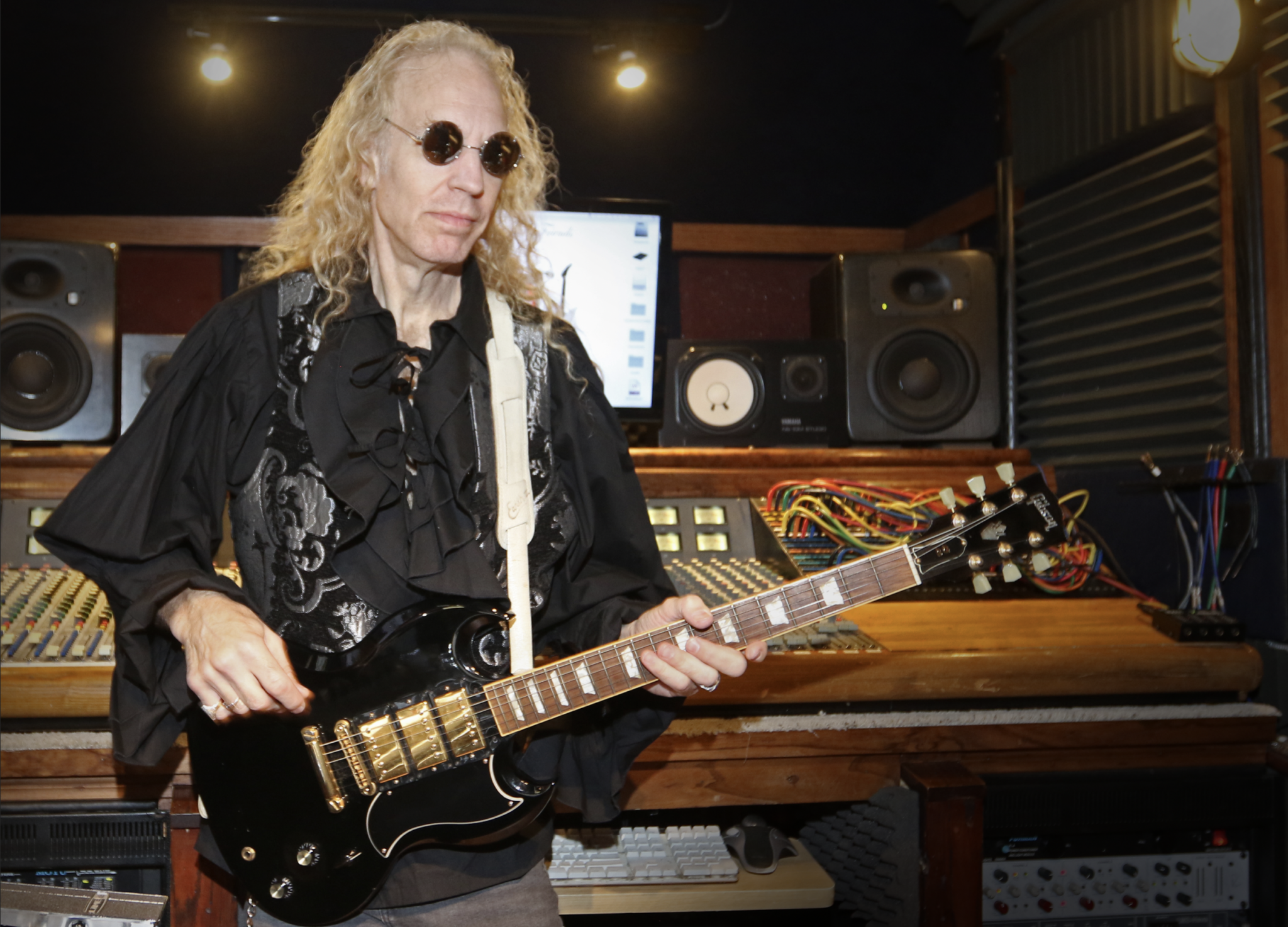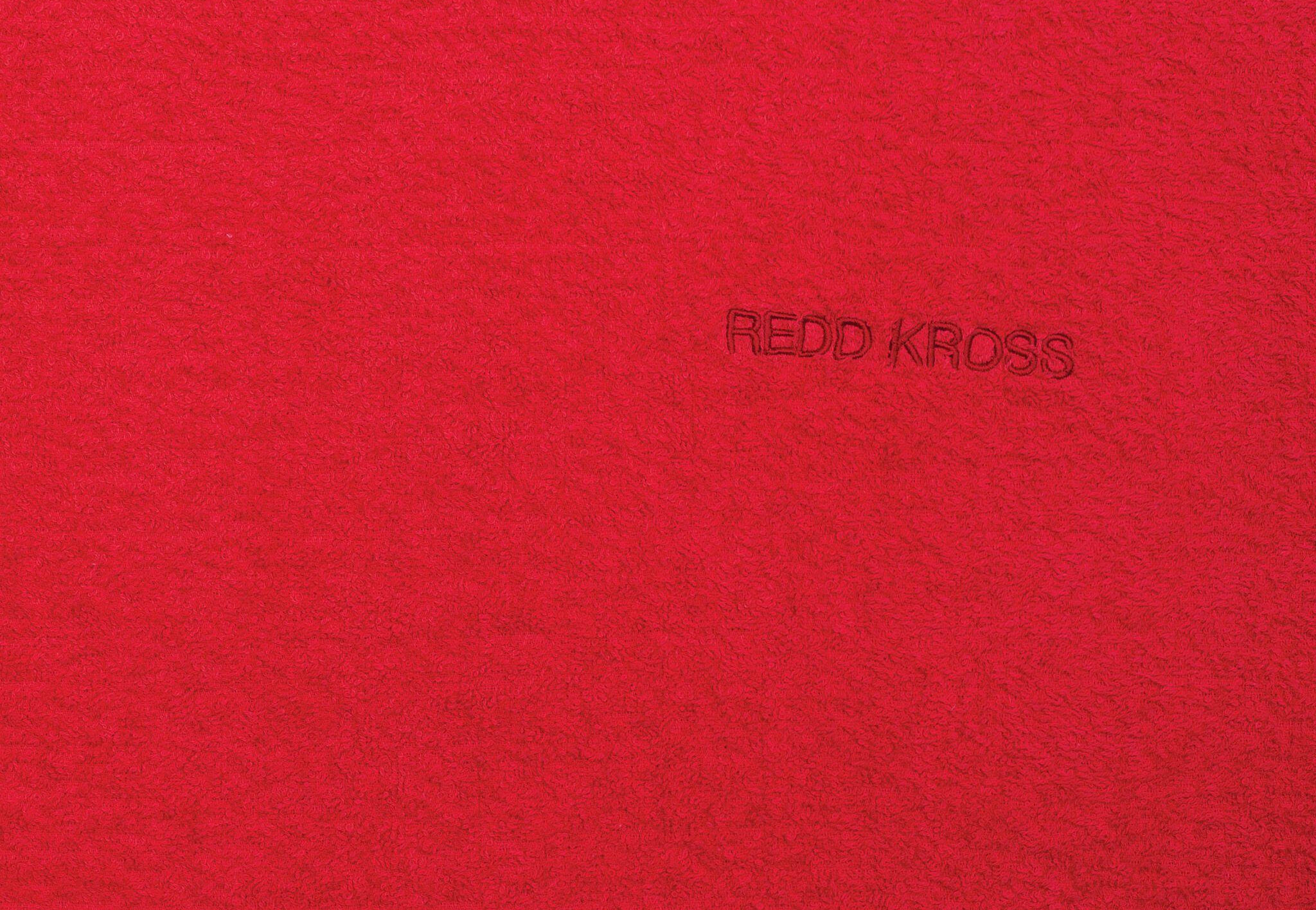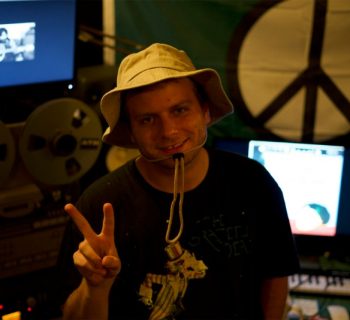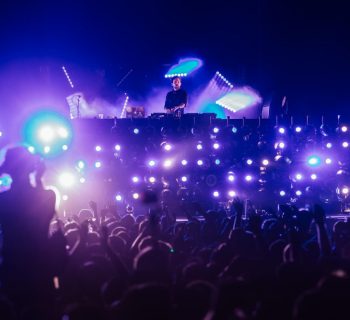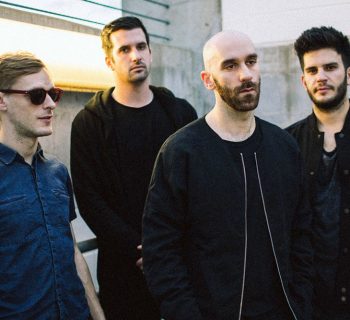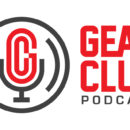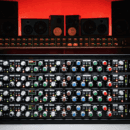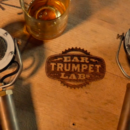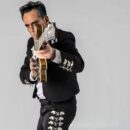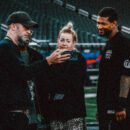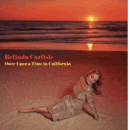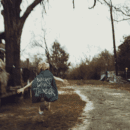Melina Afzal runs sound at DC9 in Washington, D.C., and she told us all about it...
How long have you been running sound? How did you get into it?
I was at the right place at the right time. There was a venue called the Palace Wonders. It hosted vaudeville/circus/burlesque shows. One day in a conversation, the owner asked if I wanted to run sound. I told her I knew nothing about sound. Her response was, 'You DJ, the board is the same as a mixer.' In that same conversation, the manager of the venue next door, the Red and Black--where I did DJ--asked if I wanted to run sound for the live music shows. It all started with running a couple of microphones and cues at the Palace of Wonders. Mixing bands is what I fell in love with. I picked up the Yamaha Sound reinforcement book and ran with it from there. A year later the two venues merged to a larger cap room and bigger artists--I got to build and expand on my skills before moving over to DC9. I am grateful, these two women opened the door for me.
BTW, it was a 24-channel Allen & Heath analog board. Thinking of it as a DJ mixer helped ease the anxiety of ‘what do all those knobs do?’
How did you get hooked up with DC9?
I first interned at DC9. When our sister venue closed, I transitioned over.
Any particular highlights? Which bands have been the best to work with?
So many highlights, a few to mention. First, I enjoy going to work. I am lucky to work with new-to- up and coming bands, to well-known artists who are working on new lesser-known projects. And we have an amazing local music scene here. Another highlight is, I like the production and process of working in sound, i.e. getting bands set up, making sure their monitors are right, sound checking, or dialing in vocals.* Working in a smaller room allows me to interact directly with artists. I get to build a rapport which goes a long way on both sides. As a bonus, I work at the best venue in D.C. with hilarious co-workers.
* Side note here. I used to struggle with getting vocals above instruments. The feedback was horrible. I came across an article [I can’t recall who wrote it] discussing sound-checking vocals first as a more practical approach. Since then, no feedback and perfect vocals.
Many touring and local bands over the years stand out as being the best to work with. Narrowing it down to this year, Gruff Rhys and Billy Allen and the Pollies are two artists I enjoyed working with. A notable act, Captured by Robots. It was my first day interning at DC9.
How would you describe the acoustics/layout at DC9?
The building is a 124-year-old brick-row building. Our show floor is 230 cap room. It has a corner stage with carpeting on the stage walls. The ceiling is wood with rafters – which absorb the sound nicely. The rest of the room is drywall. It is a small warm room and yet mighty in sound.
What gear do you use?
We have a M32 digital console, 4x JBL PRX 615M powered flown mains (15” + 1.5” Horn; 2 x VOID Sub Woofer cabs: 2 x18” per box powered by Tactical Audio TA2500 Power Amp; 4 x Electro-Voice EKX-15” 2-WAY Powered speaker wedge (15” + 1.5” Horn). Powered by Powersoft K 10 series amp. I use Sony MDr- 7506 headphone.
For more information, visit dc9.club.

